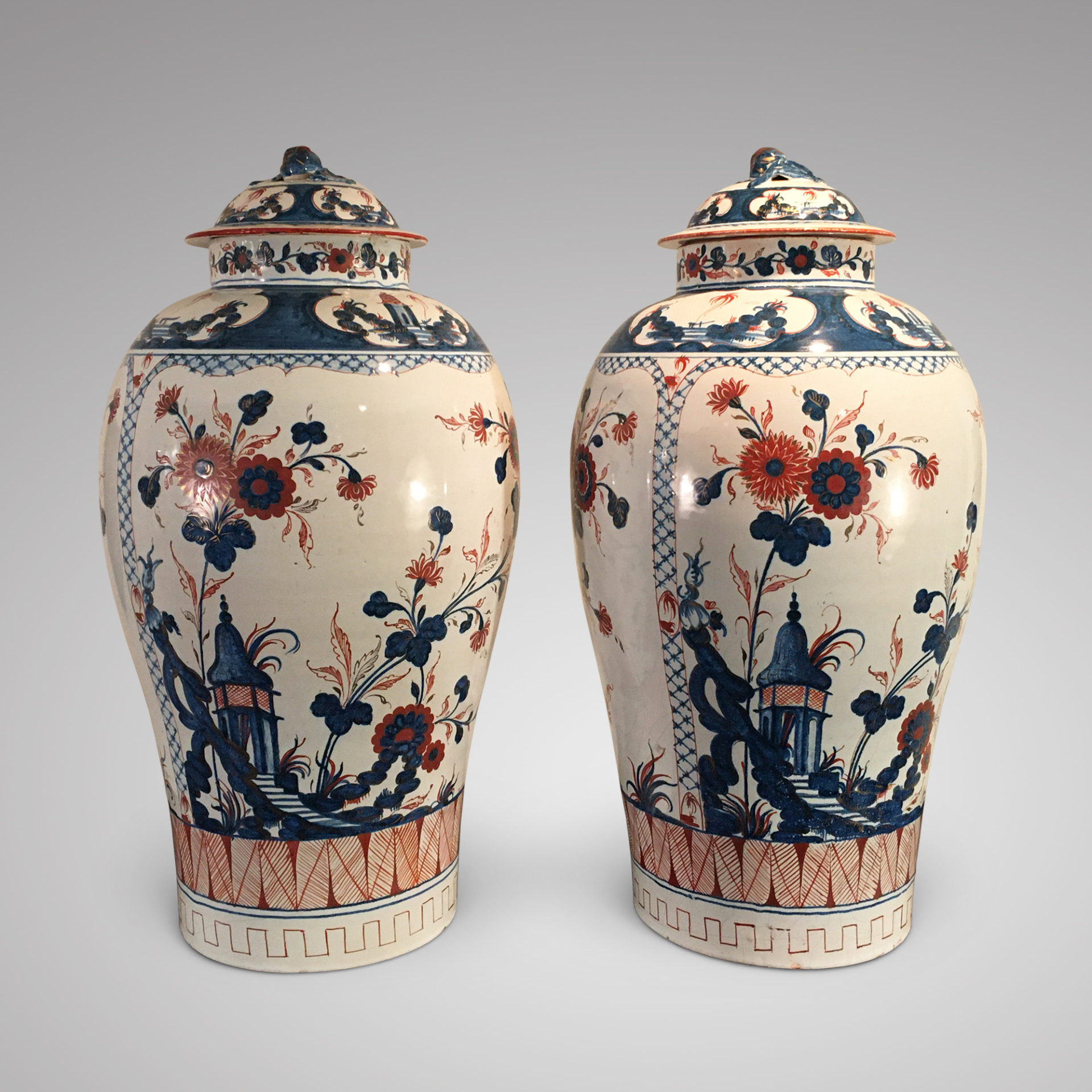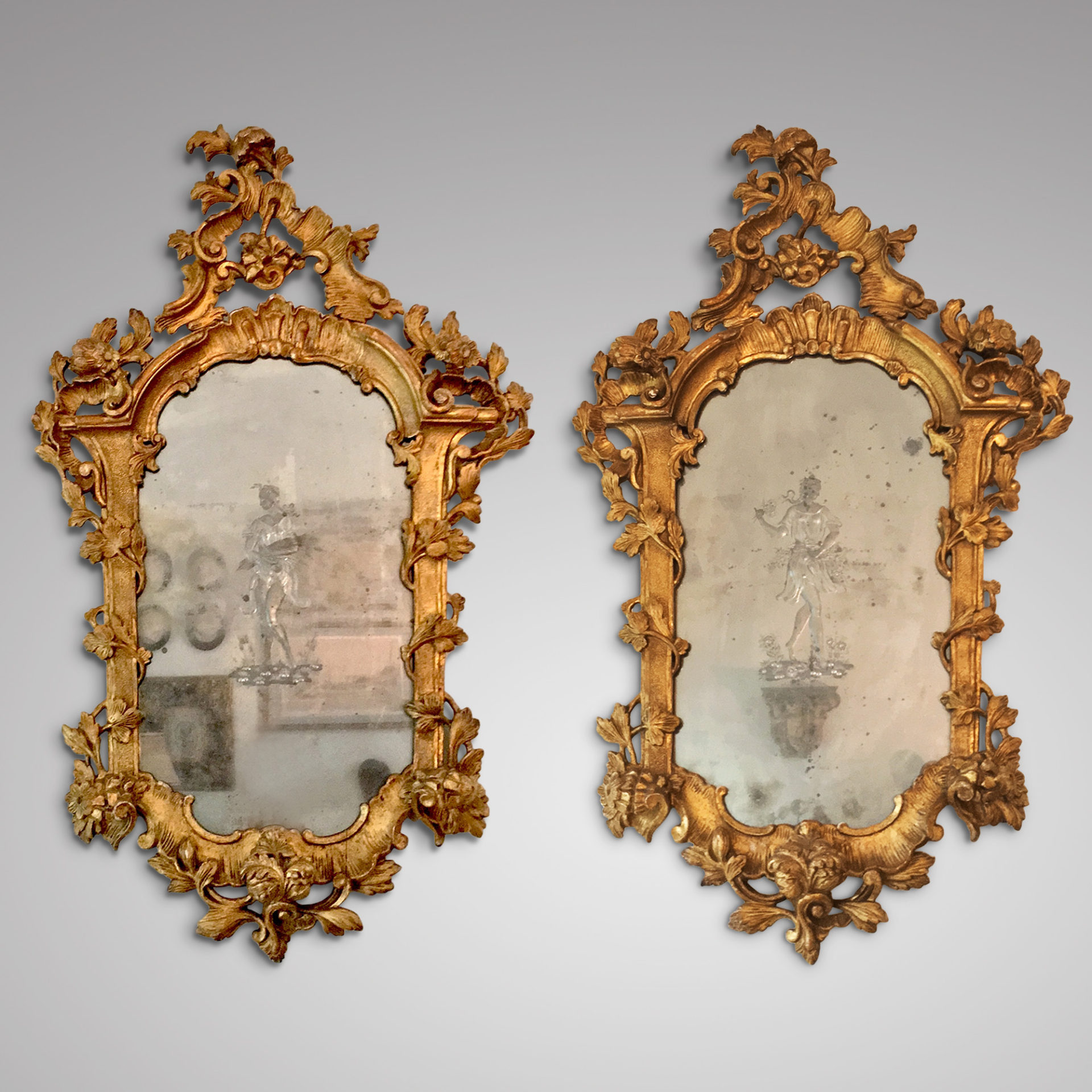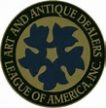Hochst Veilleuse
- Home
- Gallery
- Veilleuse
Porcelain Food Warmer
Veilleuse (food warmer), Hochst manufactory, German, 1750-1765, all components bear the Hochst factory mark of a wheel executed in red.
Comprising a tapering cylindical pedestal (socle), covered bowl (ecuelle) and burner within the arched aperture (godet); hard-paste porcelain decorated in polychrome enamels, overall small flowers and sprays; H9″
Additional Images
More Information
The Höchst porcelain factory was founded in 1746, following on from Meissen in 1710 and Vienna in 1718. It was established by Johann Christoph Göltz and his son-in-law, Felician Clarus, with the help of the porcelain painter, Adam Friedrich von Löwenfinck. Von Löwenfinck had been trained at Meissen. Porcelain was so fashionable and desirable at the time that the Meissen factory was fiercely protective of the secrets of porcelain manufacture which had proved so prestigious and lucrative for its owner, the King of Saxony. It was only when the chemist, Johann Jacob Ringler (an escapee from Meissen) arrived at the factory in 1750, that porcelain started to be made at Höchst. Prior to that date, only faience was produced.
Refer for similar:
18th – Century German Porcelain, George Savage, Rockcliff pub., 1958, Plate 96, Richaud (or veilleuse) in crimson monochrome. Hochst. c. 1755.
Veilleuses 1750 – 1860, Harold Newman, A.S. Barnes and Co., 1967, Fig. 80, page 129, Hochst, c. 1770.












